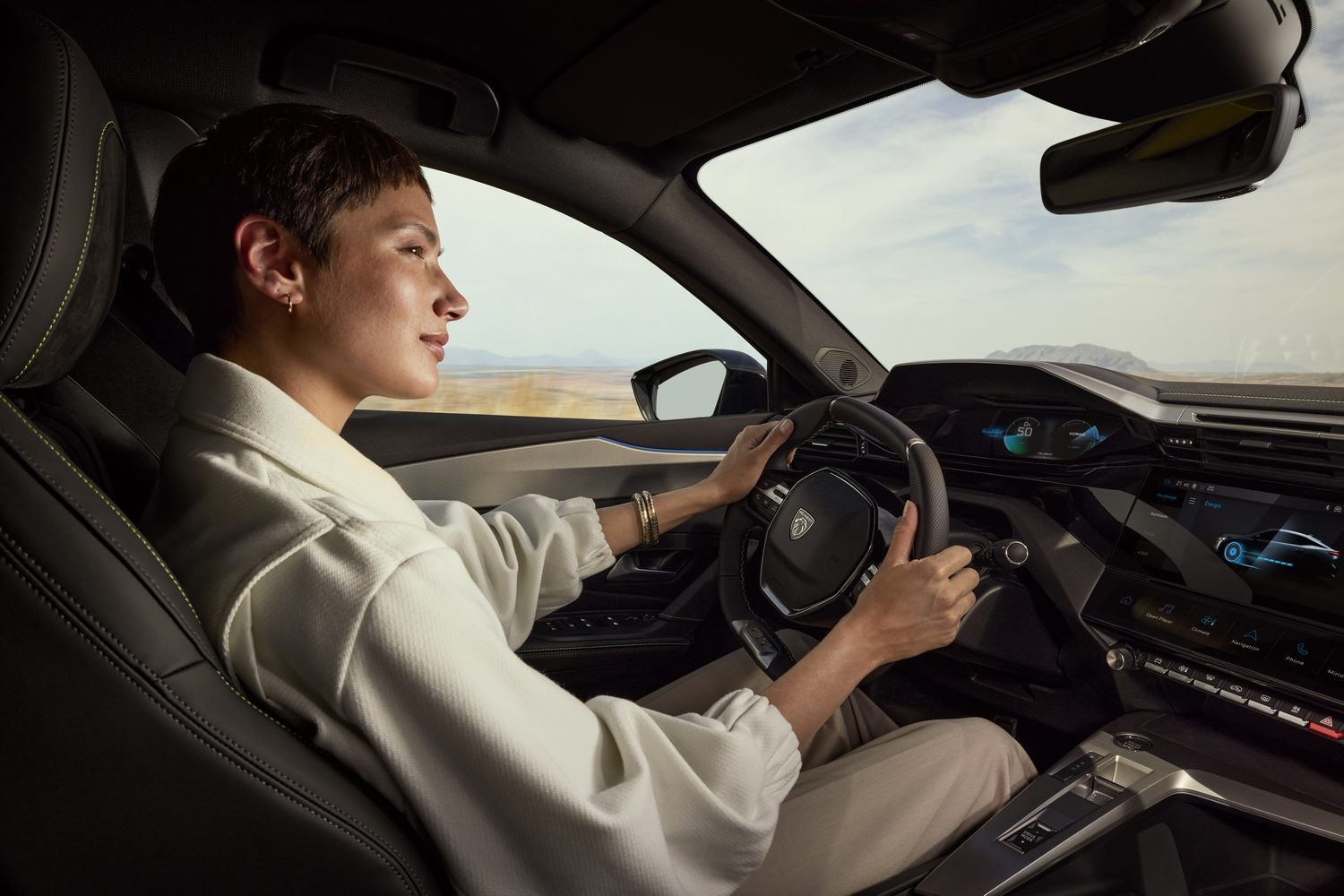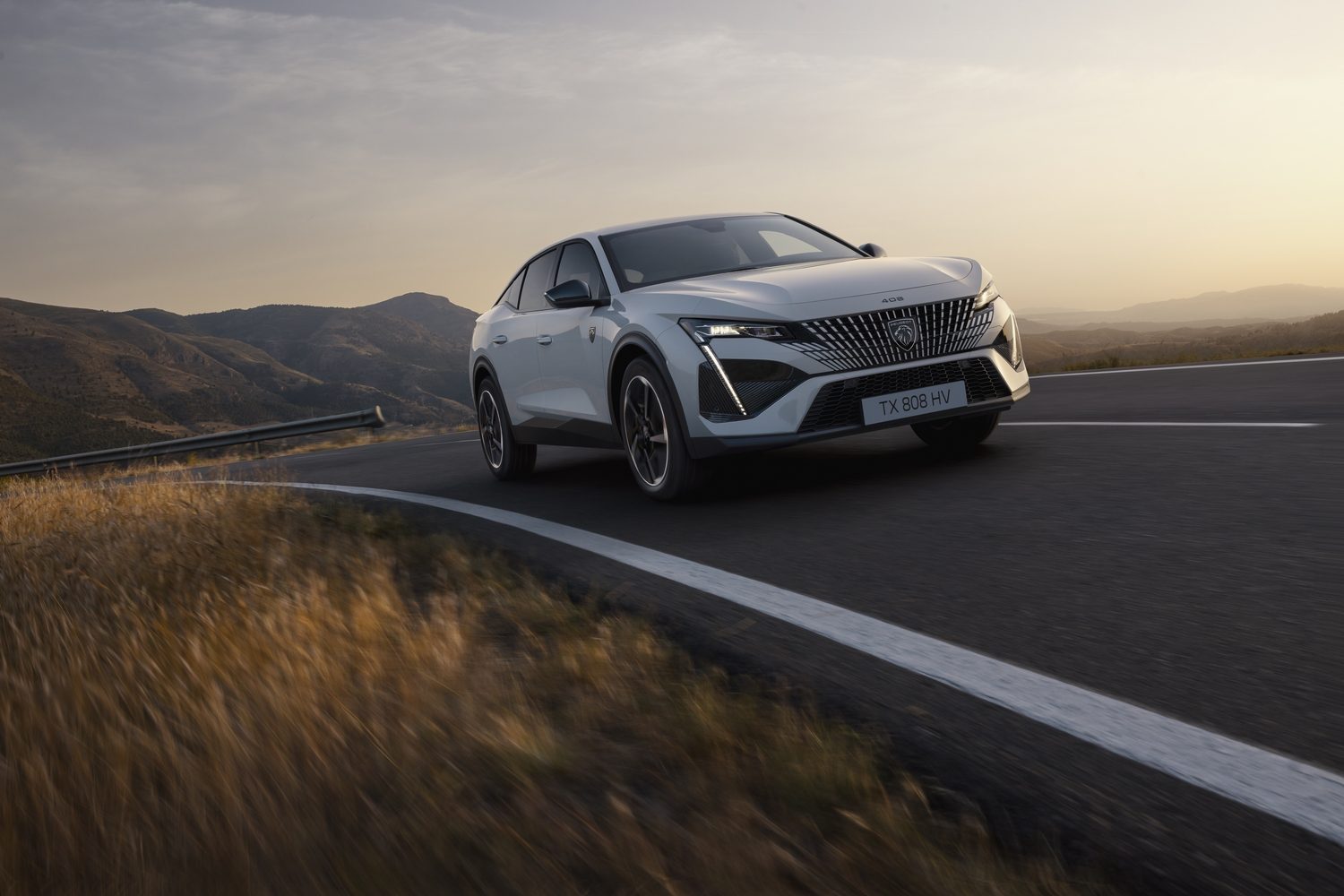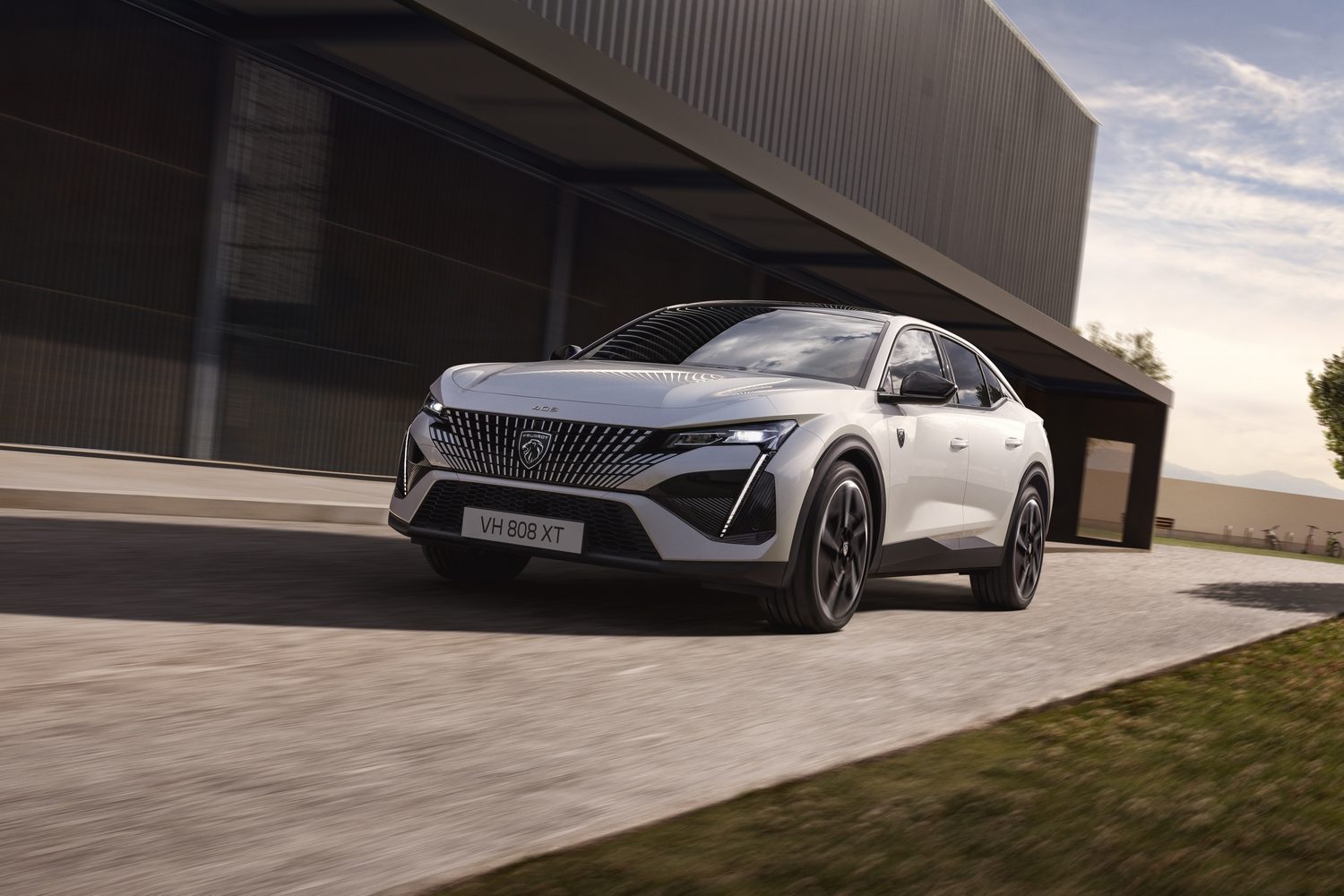As we announced the other day, Peugeot is taking the opportunity of the impending Paris motor show to reveal the final piece in its all-electric puzzle, the E-408 - and here it is.
This is the last range in the French manufacturer’s portfolio to receive a fully zero-emissions variant, with the resulting E-408 offering up to 453km of range from one charge of its battery. It now means Peugeot has the widest range of electric vehicles (EVs) in any mainstream car company’s European offerings, with 12 electric passenger cars and light commercial vehicles (LCVs) available.
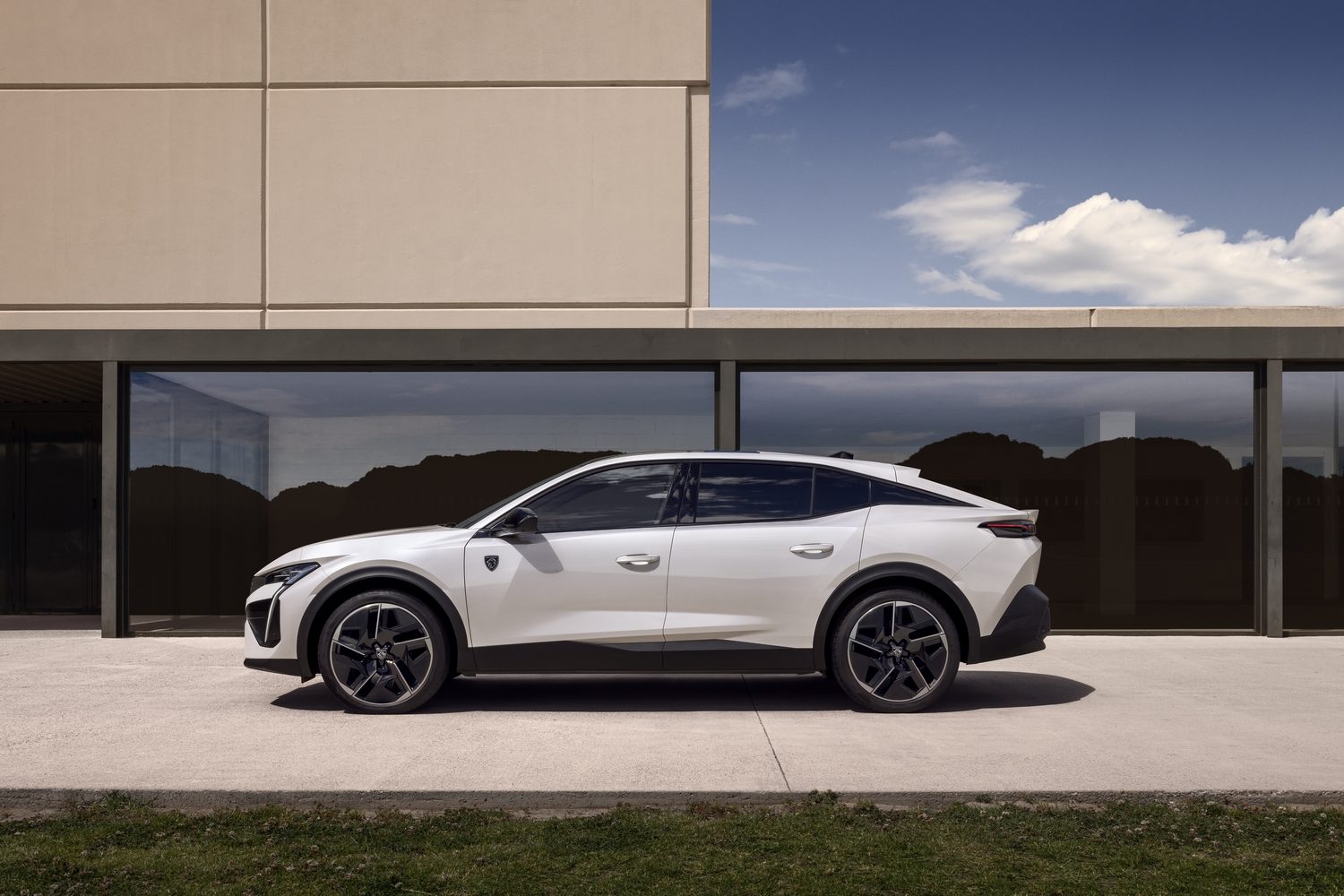
How different does the E-408 look to the regular 408?
Not massively so. The 408 has been around since 2022 and, so far, has come with the choice of two plug-in hybrid powertrains (of either 180- or 225hp outputs) or a 130hp petrol engine. Like its relations with an internal combustion engine up front, the E-408 is a coupe-crossover, with its key differences being badging, the design of the 19-inch ‘Graphite’ alloy wheels fitted with low rolling-resistance tyres and the treatment of the body-coloured front grille. The E-408 is also fitted with LED headlights, for maximum visual style and forward illumination.
What about the cabin?
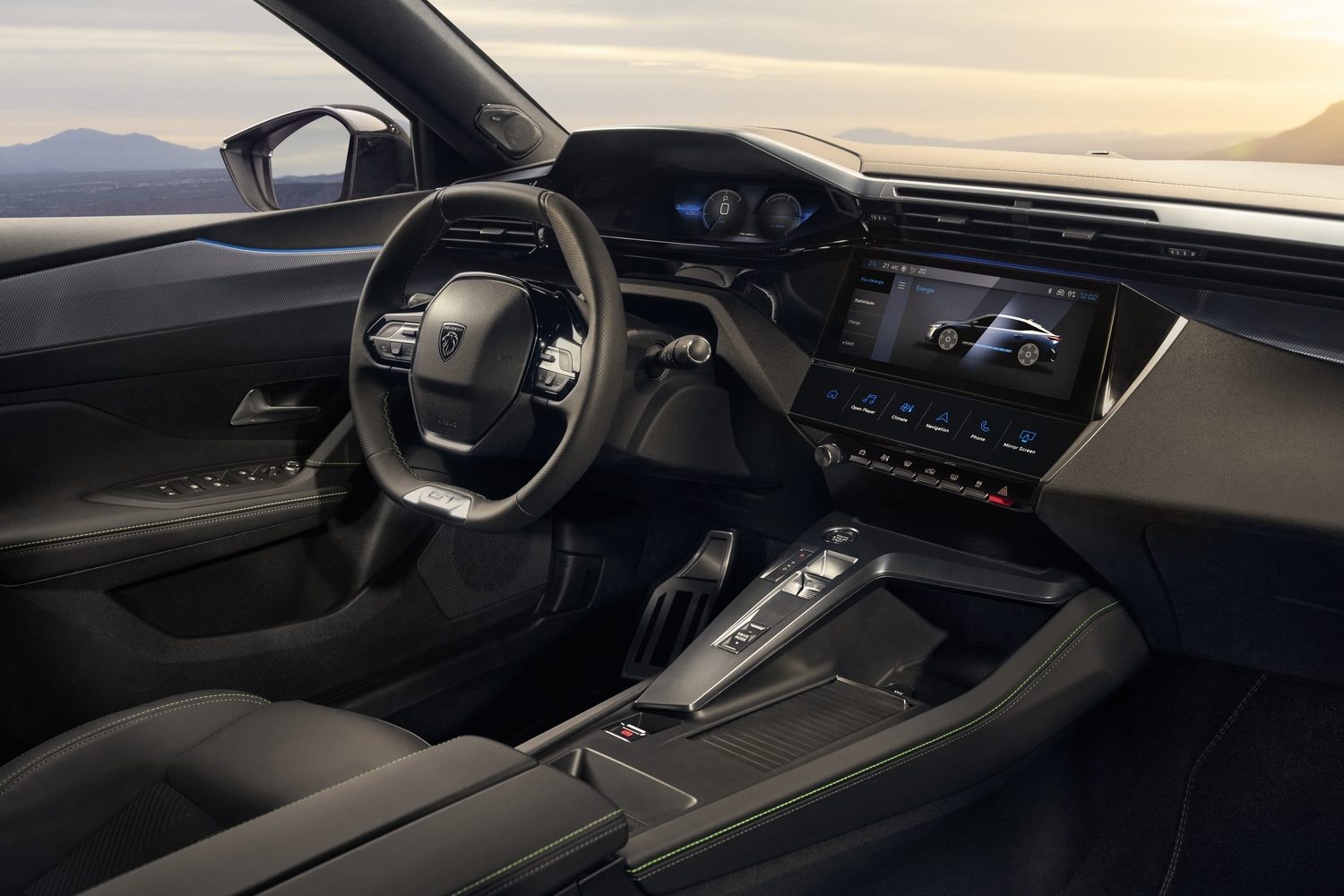
The ‘iCockpit’ layout is retained beneath a 3D driver’s digital panel and the central infotainment touchscreen alongside it, both of which are 10-inch items. These will show a few EV-specific displays and readouts, but generally the E-408’s passenger compartment is much the same as one of the plug-in hybrids’ cabins. Good news: the electric-focused platform the car is built on means the E-408’s battery pack sits between the axles and therefore doesn’t take up any additional interior space.
Tell us more about the electric side of the E-408
It is using the single front-mounted electric motor as seen in the base-grade Peugeot E-3008 and E-5008 SUVs, which means 214hp and 345Nm of maximum output (when the car is in Sport mode). However, it doesn’t have the same 73kWh battery pack as those two cars, the E-408 instead employing a nickel-manganese-cobalt (NMC) unit with a 58.2kWh usable capacity. That equates to an official range of 453km from the E-408, equating to an energy consumption figure of 15.2kWh/100km. A series of aerodynamic solutions plus a standard-fit heat pump are designed to enhance efficiency.
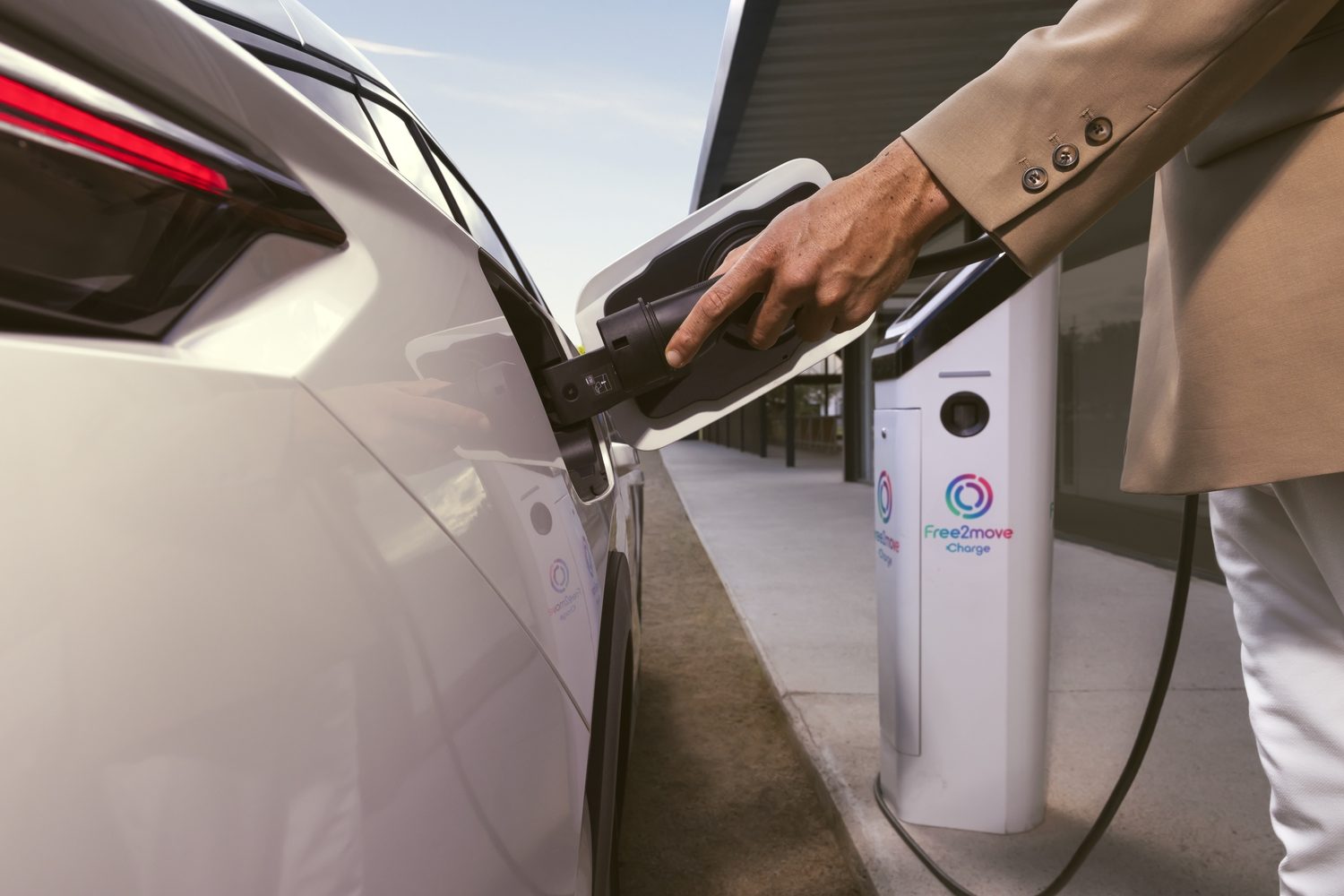
The battery also recharges reasonably quickly, with the maximum DC rate of 120kW taking the unit from 20-80 per cent in around 30 minutes, while its fastest AC charging speed is 11kW. On a more typical 7.4kW home wallbox, owners will probably be looking at around eight hours for a complete 0-100 per cent charge.
What other features does the E-408 have?
There’s an accompanying app which allows for various controls of the E-408’s onboard preconditioning and so on, while also allow for scheduling battery charges or activating various in-car functions, while acoustically isolated and thicker glass in the passenger compartment should make the Peugeot even quieter to travel in.
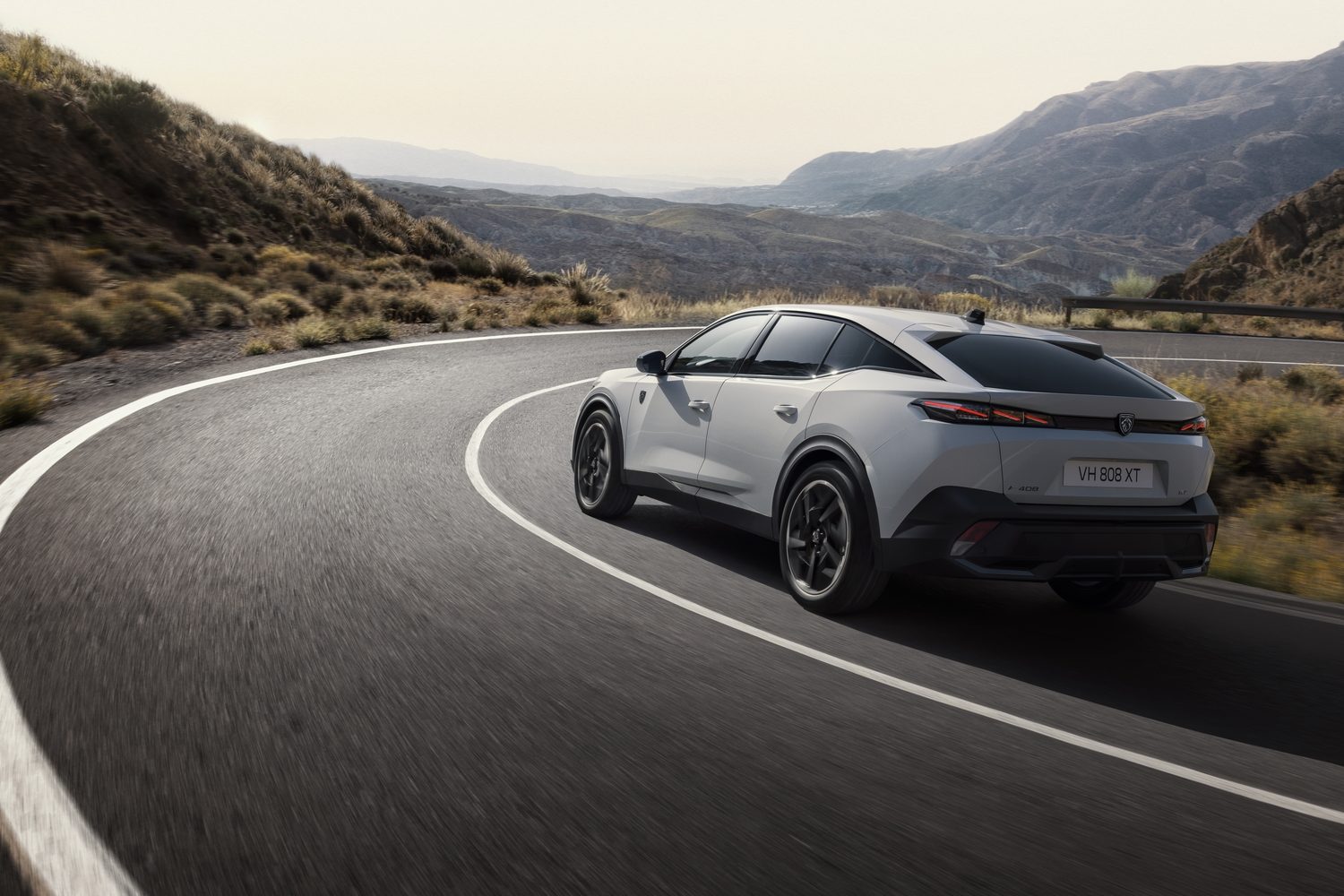
Like any 408, buyers of the E-408 will have access to a high-powered Focal sound system, the boot volume is rated at the same 471-1,545 litres as the plug-in hybrid models’ cargo bay, and there’s a whole host of advanced driver assist safety (ADAS) systems including adaptive cruise control available.
We’ll bring you full details of Irish specifications and prices for the Peugeot E-408 range as soon as we have them, which will hopefully be sometime soon after the car’s official debut at the Paris motor show next week.




